Ford's Planning to Make Its Largest SUVs Greener (and Its Smallest a Lot Greener): Report

Despite festooning its large utility vehicles with the latest and greatest fuel-saving technologies — turbocharging, dual injection, 10-speed automatics — Ford isn’t finished reducing the thirst of its big SUVs.
According to sources with knowledge of the automaker’s product plans, the push for better MPGs includes giving those gas-fueled engines a break once in awhile. Care for an extra motor in your Expedition or Navigator?
Those sources told Automotive News that Ford is planning hybrid variants of those hulking range-toppers. Both Expedition and Navigator receive a long-awaited revamp for 2018, boasting upgraded looks and internals when they go on sale this fall.
The stock Navigator sources its power from a 450-horsepower, 500 lb-ft version of Ford’s 3.5-liter EcoBoost V6, mated to a 10-speed, while all but the highest-trim Expeditions make do with 375 hp and 470 lb-ft of torque (Expedition Platinums generate 400 hp and 480 lb-ft). Now we’re hearing hybrid variants of both models will arrive sometime in 2019.
That’s not the only segment where Ford plans to go greener. The defunct Escape Hybrid is due to reappear in 2019, the sources claim, along with a gas-electric version of its Lincoln MKC platform mate. Ford broke new ground over a decade ago with the introduction of the Escape Hybrid, then the only gas-electric crossover on the market. It discontinued the model in 2012.
Fast-forward five years and the Escape faces no shortage of hybrid competition in the small crossover class — the Toyota RAV4 Hybrid being the top seller. Nissan recently fielded a hybrid variant of its popular Rogue, and Honda is rumoured to add a gas-electric version of its CR-V to America for 2019. Clearly, coming up short in a niche subset of a red-hot segment isn’t acceptable to Dearborn brass.
The push for a greener utility fleet is all part of the Blue Oval’s expenditure of another type of green — $4.5 billion in electrification development cash. A total of 13 electrified models, including a fuel-sipping Mustang and F-150, should arrive within five years, the company claims. There’s also two “Model E” vehicles on the way. The vehicles, rumored to be a small car and compact crossover, should arrive in 2019 with about 200 miles of electric driving range.
[Image: Ford Motor Company]

More by Steph Willems
Latest Car Reviews
Read moreLatest Product Reviews
Read moreRecent Comments
- SCE to AUX I hope they're buying good lawyers, too.
- SCE to AUX Nothing to see here. Gas prices 2021-23 were the same as they were in 2007-2008, adjusted for inflation. The R's were in charge then.https://www.randomuseless.info/gasprice/gasprice.html
- VoGhost Just reminding us all that we have to tolerate dealers (many of whom are billionaires) in the US if we want new legacy ICE vehicles because the dealers pay for the campaigns of local politicians, with our money.
- 1995 SC I'm still trying to get past the fact that the Red Bull guy is married to a Spice Girl.
- Ravenuer Not into F1. Started watching NASCAR back when they raced actual cars. (yeah I'm that old). Not any more. They aren't "stock cars" now. Not even close. Even drag races don't interest me anymore. Races are over in 3 seconds.



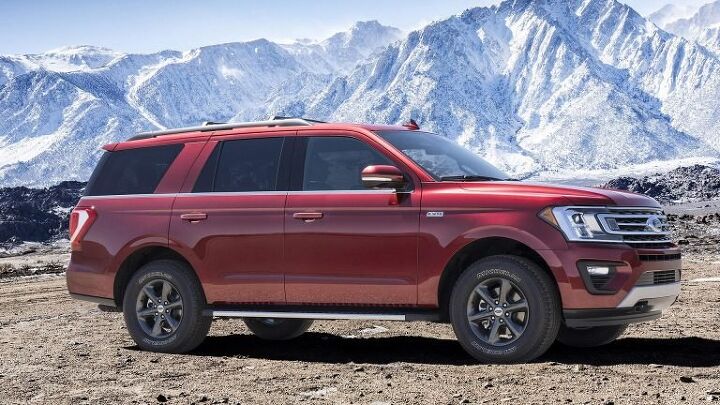












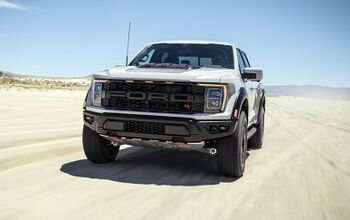


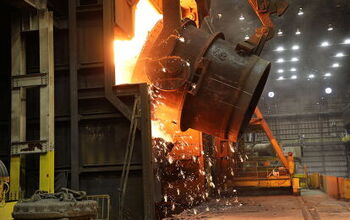
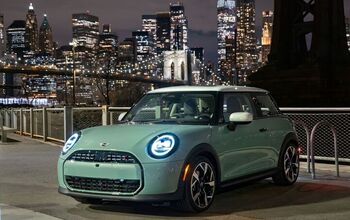

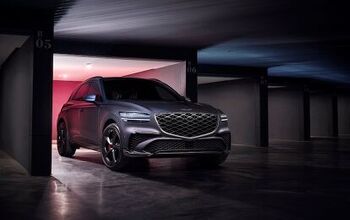
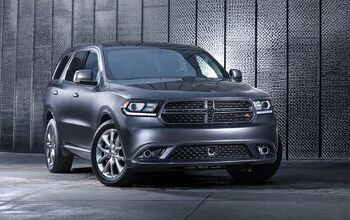
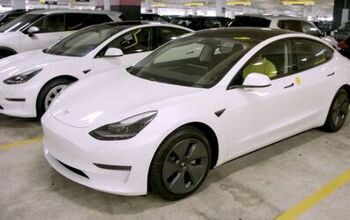
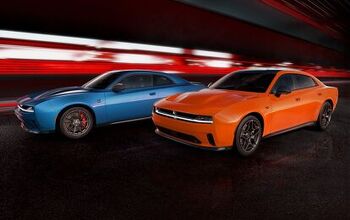
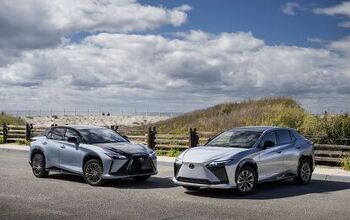
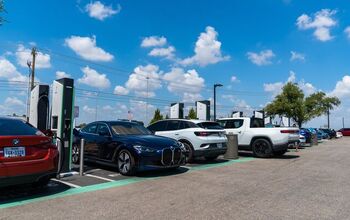
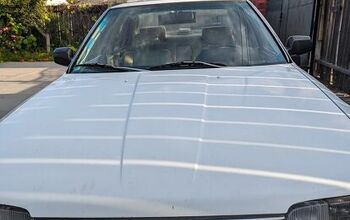
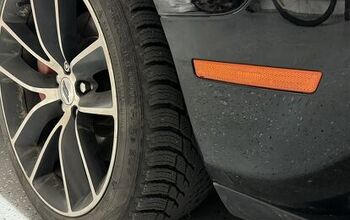
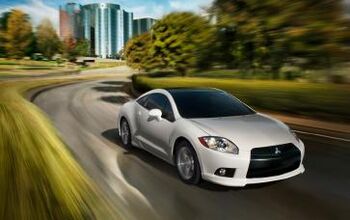
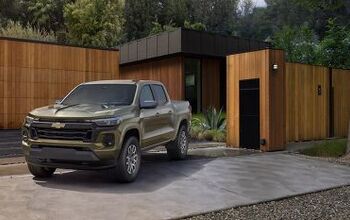

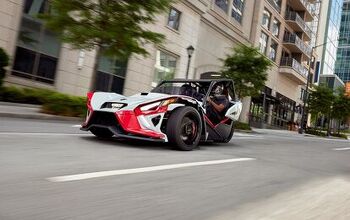
Comments
Join the conversation
No big surprise to me. We knew the F150 Hybrid was on its way so it was a no brainer to slip those components into the Expedition and Navigator. The Escape Hybrid return is also unsurprising, the C-Max just didn't appeal to those who were primarily looking for a small SUV with good gas mileage, not to virtue signal with a dedicated Hybrid vehicle. The only question is will they find a way to integrate the battery into the passenger compartment like they did with the original Escape. The big lump of a battery in the back of the C-Max, particularly the plug in version killed what little interest I had in the C-Max. Our Escape Hybrid ends up with a nice flat and low cargo area when the seats are folded. I do think about what I'm putting on the battery though, definitely not a place to put something too heavy.
Awesome. We replaced our '08 Mariner Hybrid with a '13 Escape a few months ago. Love the new Escape but really miss the gas mileage the Mariner got. Looking forward to have an option of another hybrid Escape when its time to upgrade.